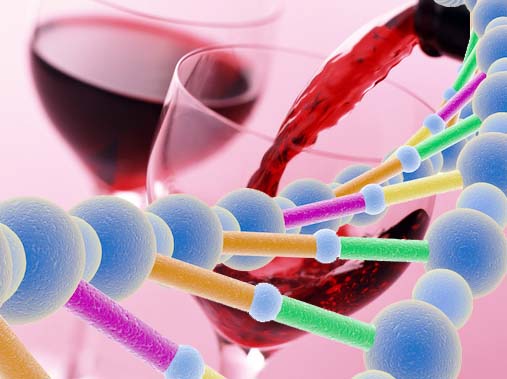INESC TEC sensors identify DNA in wines
INESC TEC’s Optoelectronics and Electronic Systems Unit (UOSE) has recently started an innovative project in the biosensors area , in collaboration with the University of Trás-os-Montes e Alto Douro (UTAD), the National Institute of Biological Resources (INRB) and SOGRAPE, LDA (Sociedade Agrícola S. Mateus), where the aim is to develop an optical biosensor to detect DNA hybridisation processes which can be used in wine traceability.
01st June 2012
The project is called WineBioCode and it is innovative because it combines biosensors and molecular genetics. In this project, the application of DNA traceability techniques is the first option since the DNA makes it possible to unambiguously identify the genetic material present in certain foods. In that sense it can be used as a marker that is present in the entire production and marketing chain of these products. Therefore, this project promotes more meticulous quality control and detection of fraudulent practices.
The WineBioCode began in March 2012 and will last three years. This project is funded by the Portuguese Foundation for Science and Technology (FCT). At INESC TEC, the project is led by José Ramiro Fernandes, a researcher at UOSE and lecturer at UTAD.
Photo: Photo Dictionary and The Living Wine
BIP, May 2012


